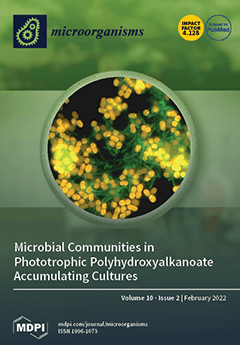Complications of indwelling urinary catheterization (IUC) are associated with significant morbidity and mortality, thus affecting patient’s well-being. Understanding the magnitude and factors associated with complications is crucial in designing appropriate preventive strategies. A cross-sectional study was conducted at Bugando Medical Centre, involving patients
[...] Read more.
Complications of indwelling urinary catheterization (IUC) are associated with significant morbidity and mortality, thus affecting patient’s well-being. Understanding the magnitude and factors associated with complications is crucial in designing appropriate preventive strategies. A cross-sectional study was conducted at Bugando Medical Centre, involving patients with long-term and short-term IUC from December 2016 to September 2017. The data were analyzed by STATA 13.0. Catheter-associated urinary tract infection (CA-UTI) was the leading (56.8%; 250/440) complication among patients with IUC. Gram-negative bacteria were predominantly isolated (98.1%, 252/257), whereas
E. coli (30.7%, 79/257) and
Klebsiella spp. (29.6%, 76/257) were the leading pathogens. CA-UTI was significantly higher among out-patients than in-patients (82.2% v 35.3%,
p < 0.001). Older age (OR: 1.3, (95%CI: 1.1–1.5),
p < 0.001), level of education (OR: 1.8, (95%CI: 1.1–3.1),
p = 0.029) and catheter duration of ≥6 weeks (OR: 2.43, (95%CI: 1.1–5.5),
p = 0.031) independently predicted CA-UTI among outpatients, while female gender (OR: 2.1, (95%CI: 1.2–3.7),
p = 0.014), catheter bags not freely hanging (OR: 0.4, (95%CI: 0.2–0.7),
p = 0.002) and residing outside Mwanza region (OR: 0.4, (95%CI: 0.2–0.6),
p < 0.001) predicted CA-UTI among in-patients. CA-UTI is the common complication among patients with IUC, significantly higher in out-patients than in-patients. We recommend involving patients and carers in infection prevention and control measures in out-patients living with IUC.
Full article






